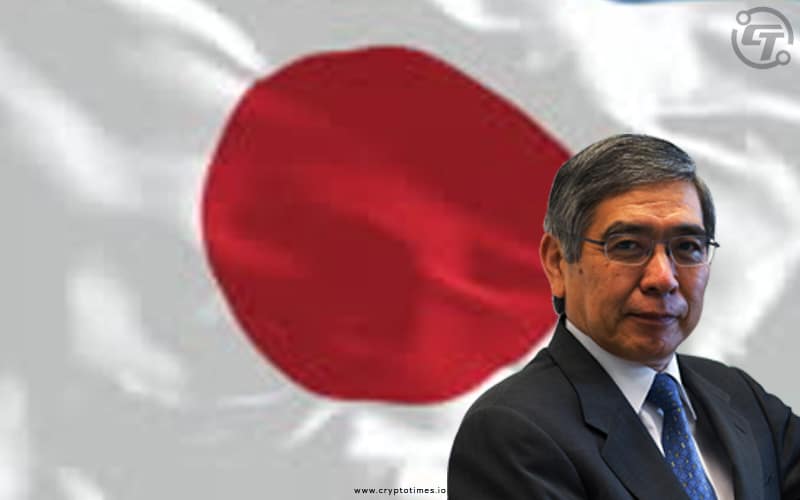The Bank of Japan (BoJ) announced Monday that it had begun Phase 1 of central bank digital currency (CBDC) experiments. They will study the feasibility of issuing its own digital currency, joining efforts by other central banks that are aiming to match the innovation in the field achieved by the private sector.
The first phase of experiments will focus on testing CBDC as a payment instrument, such as issuance, distribution, and redemption. Will carry out phase 1 through March 2022.
The Bank of Japan will then move to Phase 2 to test more detailed functions of CBDC. If necessary, the central bank will move to Phase 3, in which private businesses and end-users will participate in a pilot program.
Shinichi Uchida, the central bank’s executive director, said last month that the BOJ currently has no plans to issue CBDC. However, it wants to remain prepared if the need arises in the future.
“We believe that initiating experiments at this stage is a necessary step,” Uchida said at the time. “Given the current factors at play, including technological developments at home and abroad, there is a reasonable possibility for CBDC to provide a means of payments and settlements and for such systems to become global standards.”
Although the cash usage is still high, the BoJ is keen to be prepared for change. And it also wants to support a digital society. Additionally, the central bank is eager to improve payment and settlement efficiency. Central banks around the world are looking at developing digital currencies to modernize their financial systems. Currently, China leads the pack since it’s closer to launching digital yuan after research and development over six years.







